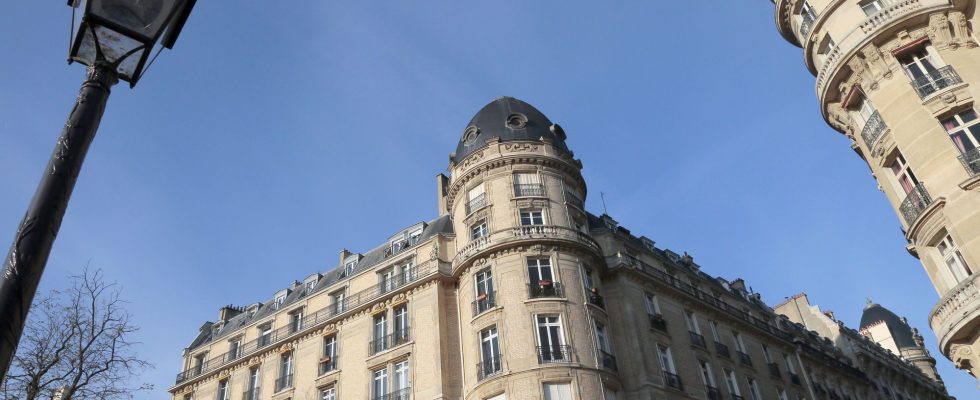Useless, too hard, too soft… When it was born in 2018, the real estate wealth tax (IFI) had crystallized criticism, on the right and on the left. From year to year, however, the fundraising continues to swell. Helped by a further rise of more than 7% in house prices in 2021, the IFI brought the state a whopping 1.8 billion euros in 2022, a figure up 10%. Admittedly, we are still far from the 4.2 billion euros gleaned by the ISF during its last vintage, in 2017. But how many rich taxpayers have chosen to remain tax resident in France thanks to this reform, including understood among the entrepreneurs of the start-up nation?
According to France Strategy, in 2020, more households taxable at the IFI returned to France (380) than left (220), while the balance, at the time of the ISF, was negative . A drop of water compared to the 150,000 subjected at the time? Maybe. As is also the share of 25-44 year olds concerned (3%), when the oldest taxpayers, this golden generation of baby boomers who have largely benefited in thirty years from the soaring prices of stone, constitute two-thirds of payers.
But the young people eligible for the IFI, and it is a surprise of the last balance sheet established by Bercy, have a larger real estate heritage than their elders: 2.8 million euros of taxable value on average, against 2.5 million for people aged 65 and over. Drop by drop, the small stream of the IFI could one day become a great river.
